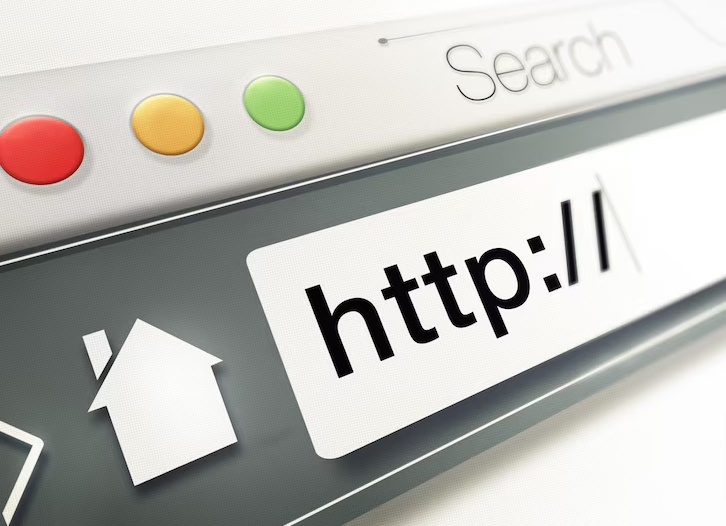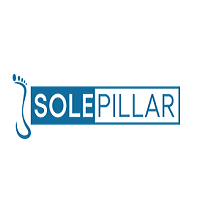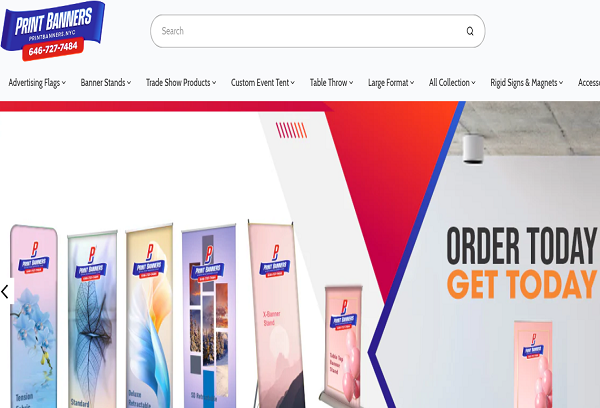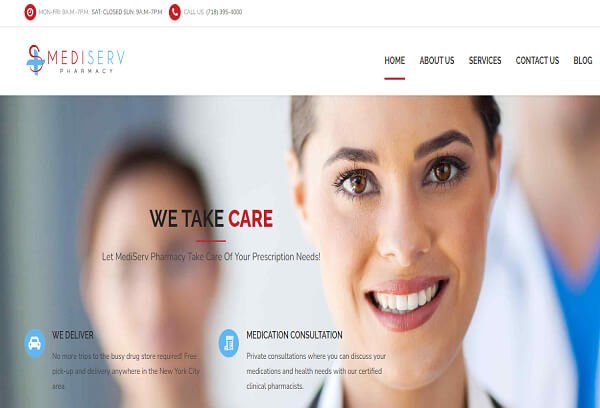Google’s SEO Advice on Correcting Canonical URLs
- November 4, 2024
- SEO
John Mueller from Google provides insights into how to guide Google in selecting the correct canonical URL when it mistakenly ranks the wrong one.
In a recent LinkedIn discussion, Mueller addressed a question regarding how Google determines which URLs to prioritize as canonicals. He shared practical advice for SEOs and content creators on how to influence Google’s selection.
Understanding Canonical URLs
When multiple URLs lead to pages with identical content, Google designates one URL as the representative for all those pages, known as the canonical URL. Google Search Central offers guidelines on how SEOs and publishers can indicate their preferred URL. While these methods don’t guarantee that Google will choose the specified URL, they provide strong hints.
Here are three methods to indicate the canonical URL:
1. Redirecting duplicate pages to the preferred URL (a strong signal)
2. Using the rel=canonical link attribute to designate the preferred URL (a strong signal)
3. Including the preferred URL in the sitemap (a weak signal)
It’s worth noting that some of Google’s canonicalization documentation inaccurately refers to the rel=canonical as a link element. The correct term for the tag is <link>, and rel=canonical is an attribute of this link element. Google also uses the term annotation for rel=canonical, but the proper designation is that it is an HTML attribute.
Understanding the distinction between HTML elements and attributes is crucial:
1. HTML elements are the fundamental components used to construct a webpage.
2. An HTML attribute provides additional information about an HTML element.
The Mozilla Developer Network HTML documentation, a trusted source for HTML standards, states that “link” is an HTML element and that “rel=” is an attribute of this element.
Clarifying Questions from Users
Despite reading Google’s documentation outlining the methods to specify a canonical URL, one user had additional questions, which he posed on LinkedIn. He referenced the documentation as “doc”:
“The doc mentions various methods to indicate a canonical URL, including 1. adding a tag in the <head> section, and 2. using a sitemap. Focusing only on point 2: the sitemap technically lists all the canonical links for a website. So why do some URLs in the sitemap show ‘Duplicate without user-selected canonical’?”
As previously mentioned, Google’s documentation indicates that the sitemap serves as a weak signal.
Google’s Canonicalization Signals
Mueller responded by revealing that Google considers more signals for determining canonicals than what is outlined in the documentation. He explained, “If Google’s systems can determine that pages are sufficiently similar to focus on one, we utilize the factors in that document (and additional ones) to identify which page to prioritize.”
The Role of Internal Linking
Mueller further emphasized the importance of internal links in signaling to Google which URL should be preferred. His advice was clear: “If you have a strong preference, it’s best to make that preference very evident by ensuring that all elements on your site reflect that preference—including the rel=canonical in the head section, sitemaps, internal links, and more.”
He added, “In terms of search, which page Google’s systems prioritize is not as significant; all would be displayed similarly in search results. The specific URL shown primarily matters for users and site owners who may wish to monitor or track that URL.”
Key Takeaways
From my experience, it’s not unusual for large websites to contain outdated internal links pointing to incorrect URLs. Sometimes, the issue arises from 301 redirects leading from an old page to a non-preferred canonical URL, causing Google to select an unintended URL.
If Google is ranking the wrong URL, it may be beneficial to perform a comprehensive crawl of the site using tools like Screaming Frog. This allows for an examination of internal linking patterns and redirects, as forgotten internal links buried deep within the website or erroneous chained redirects could lead Google to choose the wrong URL.
Additionally, Google’s documentation highlights that external links pointing to the incorrect page can also impact which URL Google recognizes as canonical, adding another layer to check when troubleshooting why the wrong URL is being prioritized.
The essential takeaway is that if the standard methods for indicating the canonical URL aren’t yielding the desired results, it might be due to external links, unintentional internal links, or overlooked redirects causing Google to select the incorrect URL. As John Mueller suggested, increasing internal links to the preferred URL may assist Google in recognizing it as the preferred choice.
If you’re looking to enhance your website’s SEO performance and ensure that Google accurately recognizes your preferred URLs, consider partnering with Earn SEO—the leading SEO agency in NYC. With our expertise and proven strategies, we can help you optimize your site, improve your search visibility, and drive more traffic to your business. Let us help you navigate the complexities of SEO to achieve your goals!
Earn SEO was established in 2011 by Devendra Mishra, a highly educated professional with varied training and experience. Mr. Mishra is responsible for business development, attracting new Earn SEO partners, and interacting with clients, the media and press, and acting as Brand Ambassador.
Devendra Mishra
Founder






































